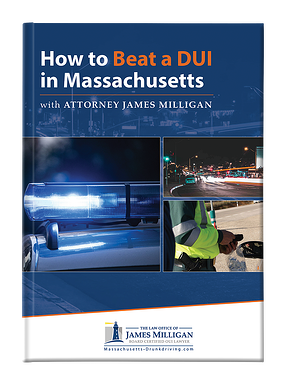1. Find out the reason for the suspension: First, you should determine the reason for your license suspension. This could be due to various reasons such as traffic violations, DUI charges, failure to pay fines, or not carrying valid insurance. 2. Contact your state’s Department of Motor Vehicles (DMV): The DMV handles driver’s licenses and can provide detailed information about your suspension. Contact them via phone, website, or visit their office in person. 3. Understand the suspension period: The duration of your suspension depends on the reason for the suspension. It could be a few weeks, months, or even years. Understanding the time frame will help you plan your next steps. 4. Fulfill any requirements: Depending on the reason for your suspension, you may have certain requirements that you need to fulfill before you can get your license reinstated. This could include paying fines, attending traffic school, or completing a DUI program. 5. Apply for a restricted license: Some states may allow you to apply for a restricted license that allows you to drive to work or school during the suspension period. Check with your DMV to see if this is an option for you. 6. Request a hearing: If you believe your license was suspended unjustly or you want to contest the suspension, you can request a hearing with your state’s DMV. This will allow you to present your case and potentially get your license reinstated. 7. Complete any necessary forms: If you need to apply for.

